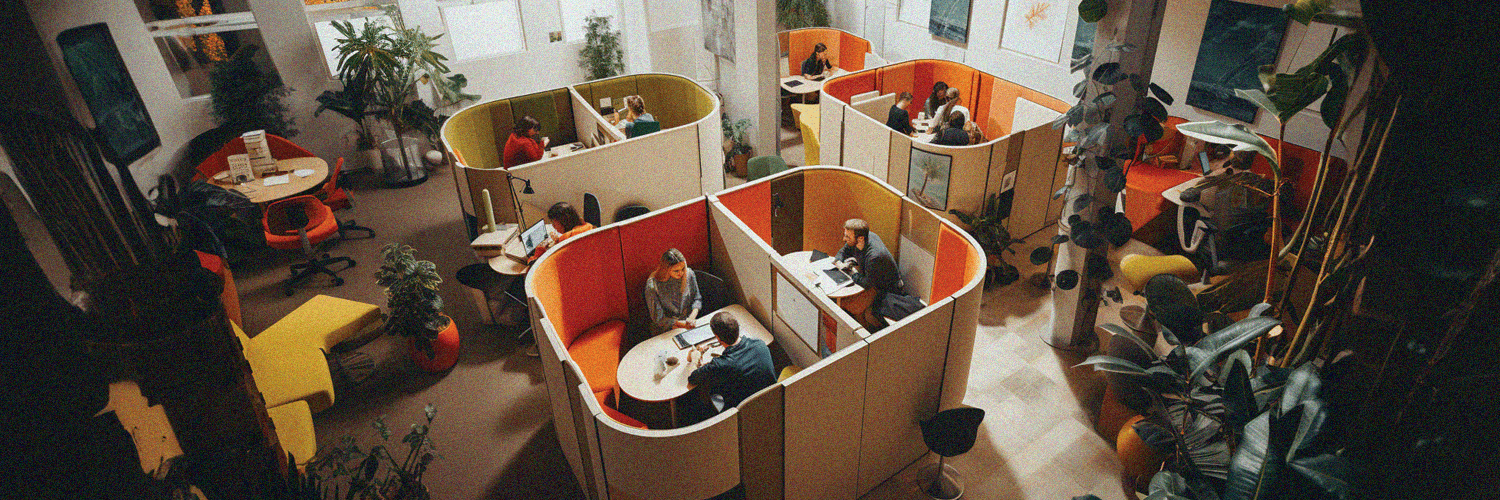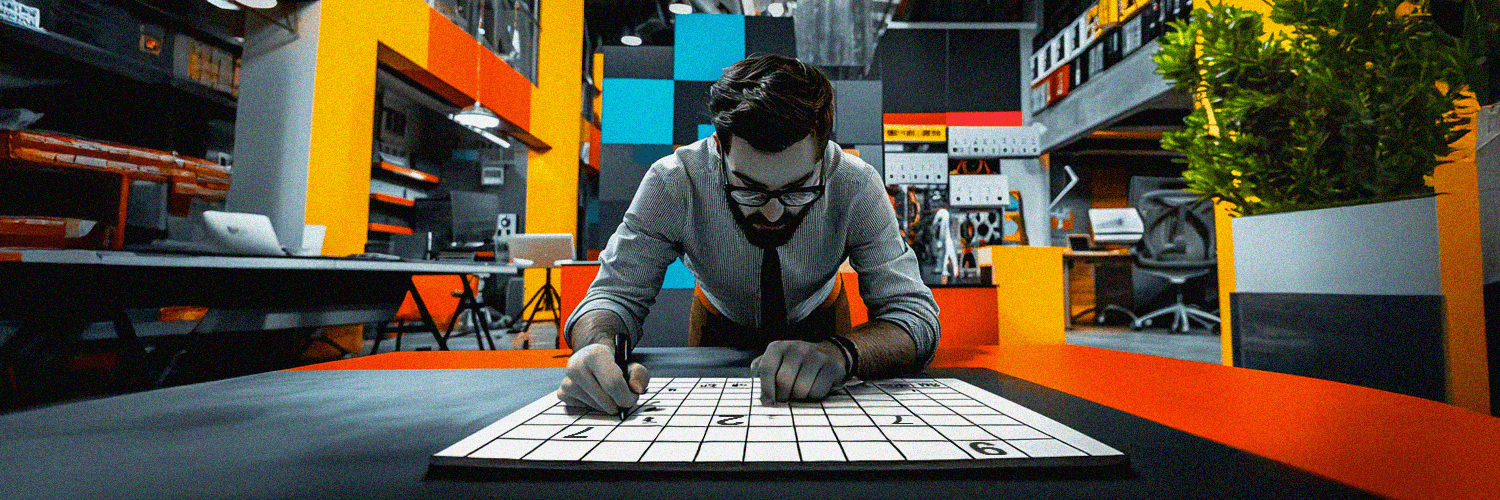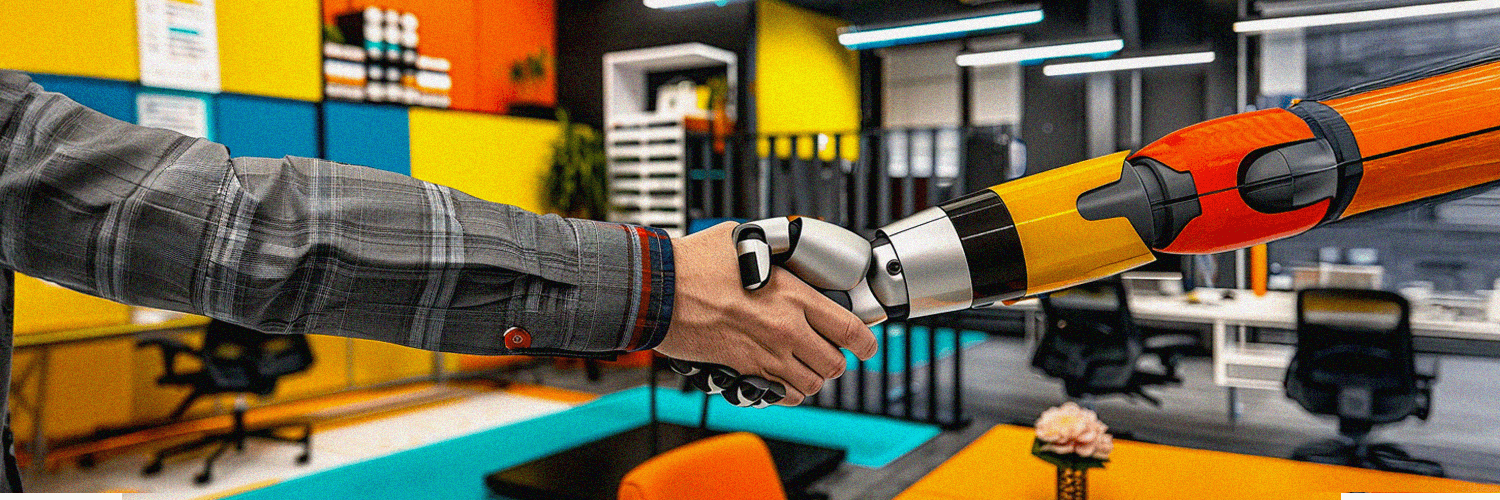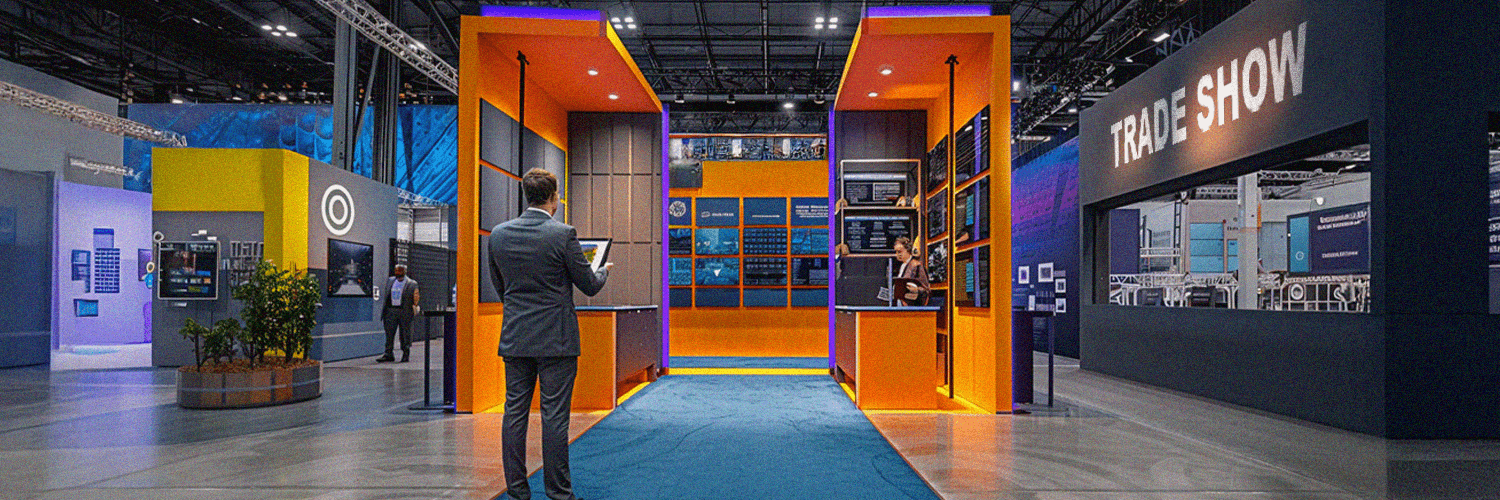Your office design matters.
It's not just aesthetics: it's functionality, productivity, and employee satisfaction. A well-designed office can foster collaboration, creativity, and focus - all crucial elements for a successful company. In this article, we will explore the importance of balancing collaboration and focus spaces in office design.
How to make sure your office design incorporates just the right amount of collaborative and focus workspaces, though?
Keep reading and find out more.
TL;DR
- Providing a variety of workspaces that cater to collaboration, learning, socialization, and relaxation can significantly boost productivity and employee morale.
- Incorporating greenery and carefully chosen colors into office design can improve employee well-being and reduce stress.
- Utilization of technology such as booking systems and virtual collaboration tools helps manage different types of workspaces and enhances overall efficiency.
- Gathering feedback from employees and using workplace analytics allows for continuous improvement and optimization of office layouts to better meet the needs of the team.
Study: Office Design Should Prioritize Collaboration
In a recent study run by Cisco, 83% of employers acknowledged that collaboration-enhancing office design modifications were in order -- quite on par with what employees want too (as 72% of them are quite positive about returning to office, provided they get better-equipped spaces to enhance collaboration and teamwork.)
The data is there only to confirm what empirical knowledge was already flashing signs at: people are returning to office, but they need a very good reason to do so, and teamwork is exactly the reason.
If you want to help your employees perform at their best and make the most out of their office time, redesigning your office for better collaboration is one great step in the right direction.
But What about Focus and Individual Work Spaces?
Collaboration is essential, but it's just as important to provide spaces conducive to focus and individual work. Employees often require quiet and distraction-free environments to carry out tasks that demand concentration and deep thinking.
Designing offices with dedicated quiet zones, soundproof pods, and private workstations can help employees transition seamlessly between collaborative activities and individual work. Ensuring that these focus spaces are well-integrated into the office layout can lead to improved productivity, as employees have the flexibility to choose the right environment for their current task.
Why You Should Have Both Types of Spaces In Your Office
Balancing collaborative and focus spaces in office design is key to fostering a well-rounded work environment. A thoughtfully designed office not only enhances productivity but also supports employee well-being by reducing stress and burnout.
By providing diverse workspaces that cater to different types of tasks, employers can create an adaptive and supportive setting where employees feel valued and empowered. This holistic approach to office design can ultimately lead to higher job satisfaction and better overall performance.
Humans aren't uni-dimensional beings, and most types of work aren't uni-dimensional either -- our workspaces should reflect that. By recognizing the importance of both collaboration and focus in the workplace, employers can create an environment that fosters creativity, innovation, and teamwork while also supporting individual growth and productivity.
Balancing the 5 Work Modes
Essentially, most work happens in one of the five main "work modes": focus, collaboration, learning, socialization, and relaxation. Each of these is important in its own way, and the most productive workspaces are born at the confluence between these work modes.
Focus
Focus mode is when employees need a quiet and uninterrupted environment to concentrate deeply on tasks that require significant cognitive effort. These tasks could include strategic planning, detailed analysis, or creative thinking.
Providing dedicated quiet zones or soundproof areas can significantly enhance productivity during focus work. For example, you could have designated quiet corners, a separate room with comfortable seating for employees to work on their laptops with headphones, or even soundproof phone booths for making important calls.
This is all about productive capital -- the more focused an employee's work, the greater their output will be.
Collaboration
Collaboration mode is when employees need to work together in groups to brainstorm ideas, solve problems, or collaborate on projects. These activities require open and accessible spaces that promote communication and teamwork.
Designing collaborative areas with flexible furniture arrangements, whiteboards, and technology-enabled equipment can facilitate smooth collaboration among team members, helping you build innovative capital. These spaces could include conference rooms, huddle rooms, or even outdoor meeting areas -- places where your team can meet up, brainstorm, exchange ideas, and create together.
Learning
Employees also need opportunities for continuous learning and development. This could include training sessions, workshops, or even self-directed learning. Designing a dedicated learning space in the office can encourage employees to enhance their skills and knowledge while also fostering a culture of growth.
Promoting learning at work is beneficial for everyone: your employees feel like they're growing, and your company is building intellectual capital, which can lead to better products, services, and overall success.
Socialization
Socialization is an essential aspect of workplace culture that cannot be overlooked. Employees need spaces where they can build relationships with their colleagues, celebrate milestones, or even just take a break from work -- and providing them with these kinds of spaces helps you build social capital in your company.
Incorporating social areas such as lounges, game rooms, or outdoor spaces into office design can promote a sense of community and improve employee morale. It doesn't have to be something super fancy -- it can just be a comfortable break room with some board games or a coffee machine.
Relaxation
Finally, relaxation mode is essential for employees to recharge and destress during the workday. Designing relaxation spaces such as meditation rooms, quiet reading corners, or even a designated break room with comfortable seating can help employees take short breaks and return to work feeling refreshed and rejuvenated.
This is sometimes referred to as building "wellbeing capital", with studies showing that employees who are able to take breaks during the day actually perform better and report higher levels of job satisfaction.
Allocating Space: How Much for Collaboration vs. Focus?
The right balance between collaboration and focus space is crucial. But sometimes, knowing exactly what is balanced can be tough.
Back in the day, most work spaces were designed with a "one-size-fits-all" approach, with little consideration for the different types of work modes required. But now, as we've seen, it's essential to have a mix of spaces that cater to different tasks and work modes.
Some experts recommend allocating around 70% of office space for collaboration and socialization, and the remaining 30% for focus and learning activities. However, this may vary depending on the nature of your business and the specific needs of your employees.
Before you start re-arranging furniture around the office, make sure you ask your team about their needs. In the end, this renewed workspace should cater to their needs, rather than whatever "statistics" may say. Your employees know best how much private and collaborative space they need.
3 Space Designs for Both Privacy and Collaboration
The following design ideas/ concepts illustrate how to artfully integrate private and collaborative areas, ensuring that your employees' diverse needs are fulfilled. These designs not only enhance productivity but also foster a sense of community and well-being within the workplace.
Collision
These are thoughtfully positioned communal areas where employees can access food, beverages, and engage in social interactions when they encounter each other. These kinds of spaces help employees navigate their day and provide them with opportunities to relax, recharge, and connect when their schedules allow it.
Mixed-use
Mixed-use spaces usually blend different personality rooms and furniture clusters and are designed to be unique. The whole point here is to build a space that fosters creativity. It could be a workshop-like maker space, a cozy living room, or any other unconventional spaces that provide employees with flexibility in how they meet, share, relax, and innovate.
Huddle
Huddles are compact, small rooms that accommodate 2-4 people and are designed to encourage spontaneous conversations, brainstorming sessions, and quick check-ins. Huddles are perfect for teams looking for a smaller but focused space to collaborate without being disturbed by other activities in the office.
The Impact of Balanced Spaces on Productivity and Morale
Research shows we lose 18 million days at work every year, as a result of mental health conditions. And while office space may not be able to influence personal matters or mental health, it definitely can help to create an environment that promotes productivity and morale.
Even simple things, like the colors you use in your office can influence an employee's mood and productivity. Incorporating greenery in the office, for example, has been shown to improve overall well-being, reduce stress levels, and increase productivity.
What's more, a staggering 83% of employees say they'd appreciate it if their employers created wellness, collaboration, and/or relaxation spaces. So, by investing in office design that balances both private and collaborative space, you're not only enhancing productivity but also showing your employees that their well-being is a priority for the company. This can lead to increased job satisfaction, higher retention rates, and overall better employee morale. Creating a positive workplace culture through well-designed office spaces is truly a win-win situation for both employees and employers alike.
Providing employees with a balanced workspace that caters to their needs for collaboration, learning, socialization, and relaxation can impact their job satisfaction and overall happiness at work. And when employees are happy and motivated, they're more likely to be productive and contribute to the success of your company.
How Technology Can Facilitate the Management of Different Types of Spaces
Technology can make it easier to manage different types of spaces in the office. For example, booking systems can be used to reserve private meeting rooms or huddle spaces for team meetings. Virtual collaboration tools such as Skype or Zoom can also facilitate communication and collaboration between employees who may not physically be in the same space.
Additionally, companies can use data and analytics to track how different spaces are used by employees and make adjustments accordingly. This enables an efficient use of workspace, as well as identifies any potential issues or limitations with certain areas.
For example, Yarooms Workplace Experience Platform enables you to streamline the management of various workspaces through its range of innovative features. With its desk booking system, employees can easily reserve specific workstations, allowing for a more organized and efficient use of office space.
Meeting room booking ensures that teams can secure private areas for discussions without conflicts over room availability. For businesses embracing hybrid work models, Yarooms facilitates seamless coordination by enabling employees to see who will be in the office on any given day, thus making it easier to plan collaborative efforts.
Furthermore, Yarooms' workplace analytics provide valuable insights into space utilization, highlighting which areas are frequently used and which remain underutilized. This data helps organizations optimize their office layout and enhance overall productivity.
Wrapping Up: There’s More to Workspace Design than the Space
Workspace design is not about space -- it's about people. It's about recognizing and understanding the diverse needs your employees have, and providing them with a well-balanced environment that caters to those needs.
By incorporating both private and collaborative spaces into the office design, you're not only promoting productivity but also fostering a positive workplace culture where employees feel valued and supported.
So, when designing your office space, keep in mind the different types of spaces needed for privacy and collaboration. Incorporate technology to manage these spaces efficiently and effectively. And always seek feedback from your team -- after all, they're the ones who will be using these spaces every day.
With a well-designed and balanced workspace, you can create an environment that promotes productivity, boosts morale, and ultimately leads to the success of your company. So take the time to plan and design a workspace that works for everyone. Your employees will thank you for it.












